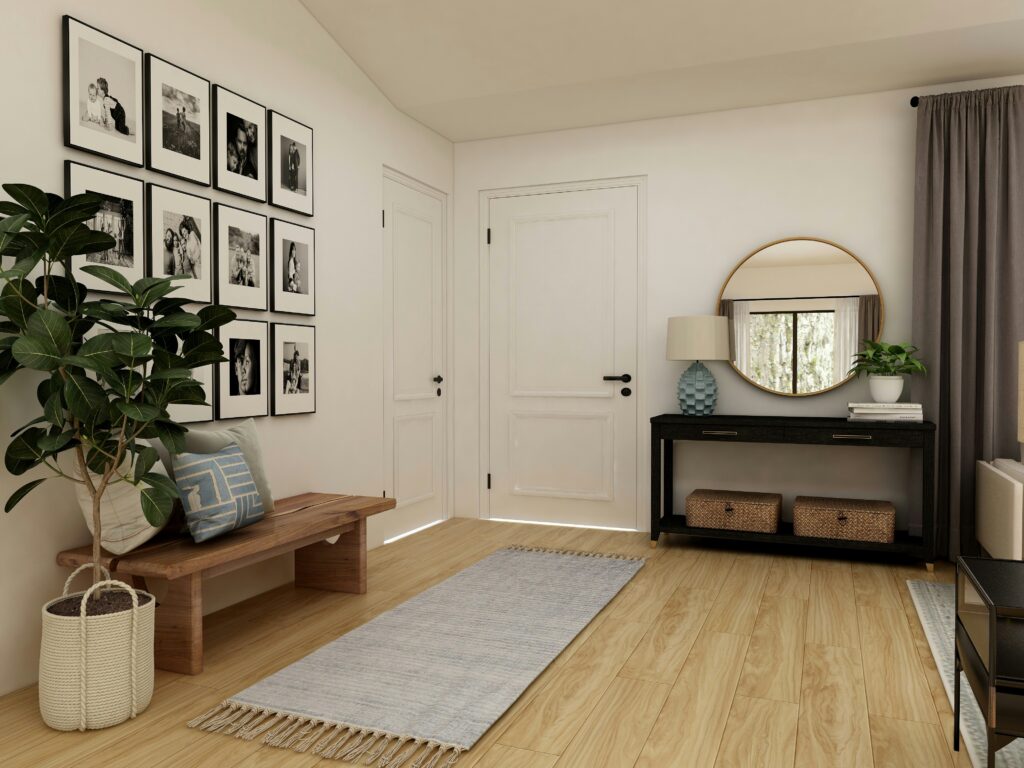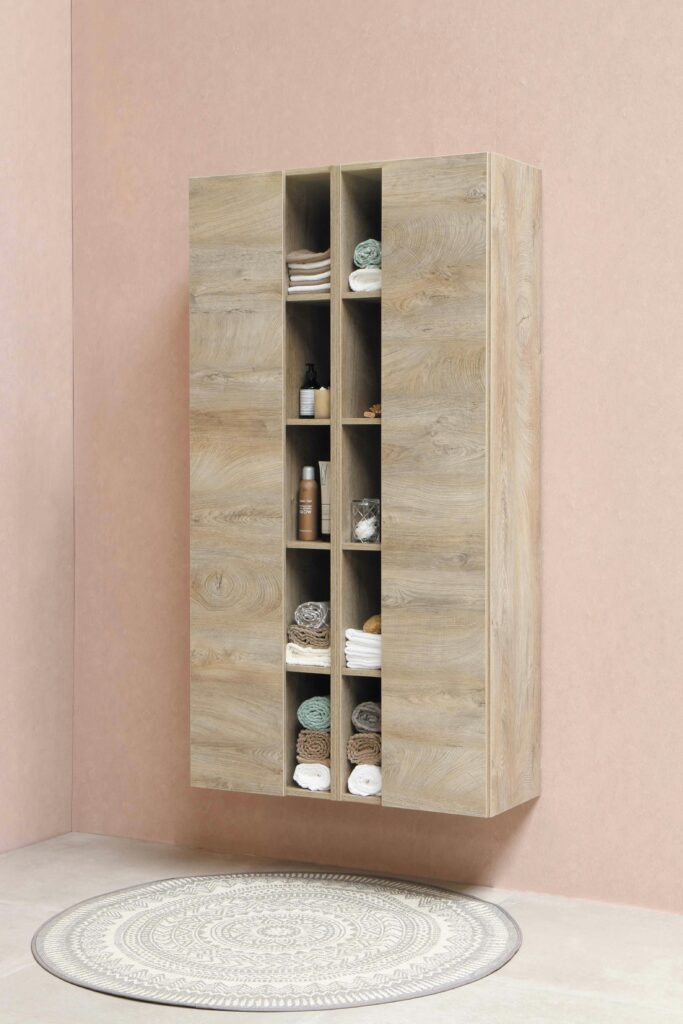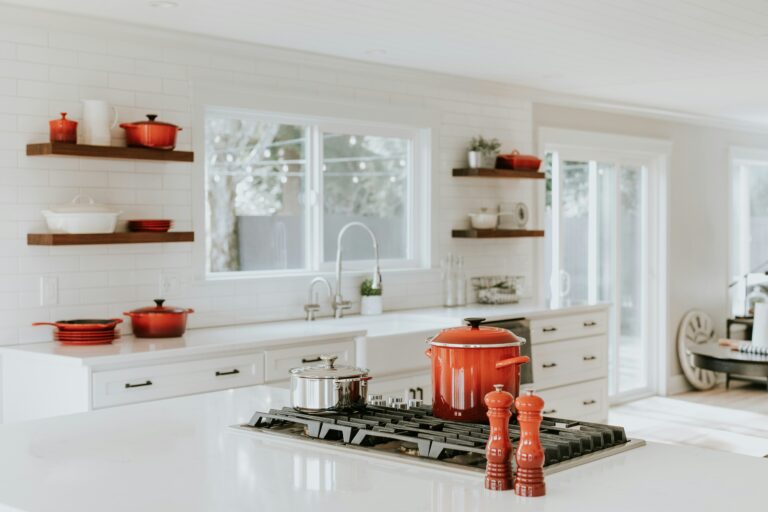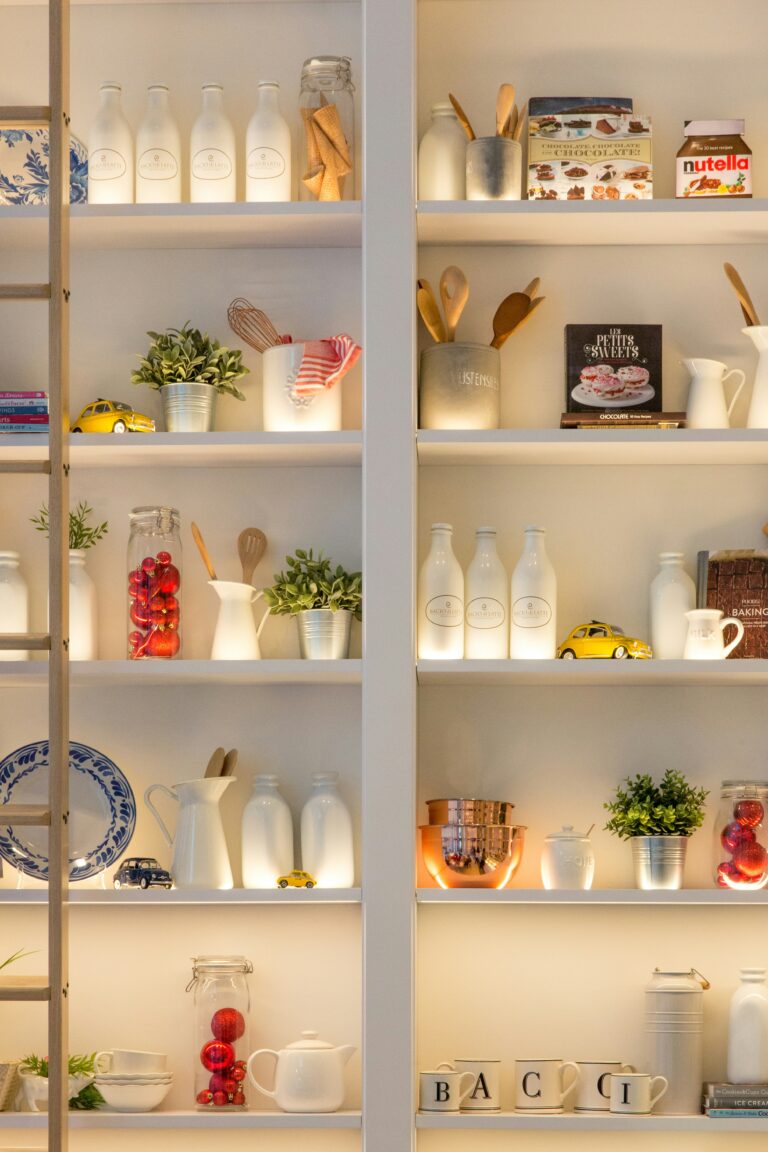How to Maintain an Organized Home: 5 Tips That Actually Work Long-Term
Introduction
Does it feel like your house turns into a disaster zone the moment you finish cleaning? You’re not alone! Millions of families struggle with maintaining an organized home despite their best efforts. The frustration of constantly tidying up only to find clutter reappearing can be overwhelming.
The good news? Staying organized doesn’t require perfection or hours of daily cleaning. With the right systems and habits, you can maintain a tidy, functional home that works for your entire family. These five proven strategies will help you create lasting organization that actually sticks.
1. Create Designated Drop Zones for Every Family Member
The key to preventing clutter accumulation is having a specific place for everything from the moment you walk through the door.
Front Door Entry System
Set up a designated area near your front entrance with:

- Shoe storage: A bench with cubbies or a shoe rack
- Coat hooks: Individual hooks for each family member
- Bag station: Baskets or hooks for backpacks, purses, and work bags
- Key holder: A small bowl or wall-mounted key rack
Garage Entry Organization
If your family primarily enters through the garage, create a similar system:
- Landing station: A small table or shelf for wallets, keys, and phones
- Outerwear storage: Hooks or a small closet for jackets and bags
- Shoe area: Designated space to prevent tracking dirt throughout the house
Pro Tip: Label each family member’s designated space to eliminate confusion and encourage consistent use.
2. Follow the “Put It Away Now” Rule
This simple principle can revolutionize your home organization: instead of putting items down “for now,” put them in their proper place immediately.
Why This Habit Works
- Prevents small messes from becoming overwhelming clutter
- Saves time in the long run (no need for major cleanup sessions)
- Reduces stress and mental load
- Creates a positive feedback loop of organization

Making It Stick
- Start small: Focus on one category of items (like mail or dishes)
- Use the two-minute rule: If it takes less than two minutes, do it now
- Make it a family challenge: Encourage everyone to participate
- Celebrate wins: Acknowledge when family members consistently follow through
Personal insight: Even professional organizers struggle with this habit! The key is persistence and patience as you develop this new routine.
3. Design Functional Storage Systems
Organize your belongings based on how you actually use them, not how you think they should be arranged.
Kitchen Efficiency Examples
- Place everyday dishes near the dishwasher for easy unloading
- Store coffee supplies together near the coffee maker
- Keep cooking utensils within arm’s reach of the stove
- Group similar items: All baking supplies in one area, all cleaning supplies under the sink
Bathroom Organization

- Daily essentials should be easily accessible
- Store items where you use them: Hair products near the mirror, towels near the shower
- Use vertical space with over-toilet storage or wall-mounted organizers
Bedroom Systems
- Clothes storage should reflect your morning routine
- Nightstand organization for items you need before bed and upon waking
- Closet arrangement by frequency of use and season
4. Embrace Minimalism: Buy Less, Stress Less
One of the most effective ways to maintain an organized home is to be intentional about what you bring into it.
The True Cost of Excess Stuff
Every item in your home requires:
- Time to organize and maintain
- Energy to clean and care for
- Mental space to manage and remember
- Physical space for storage
Smart Shopping Strategies
- Implement a 24-hour rule: Wait a day before making non-essential purchases
- Use the “one in, one out” policy: For every new item, donate or discard something else
- Focus on quality over quantity: Invest in fewer, better-made items
- Ask yourself: “Do I have a specific place for this?” before buying
Benefits of Owning Less
- Easier to clean and maintain your space
- More money available for experiences and quality items
- Reduced decision fatigue
- Greater appreciation for what you own
5. Establish a Family “Reset” Routine
Consistency is key to maintaining any organizational system. A daily family reset routine prevents small messes from becoming overwhelming chaos.
Morning Reset (5-10 minutes)

- Make beds
- Put away items left out overnight
- Load dishwasher or wash breakfast dishes
- Quick counter and table wipe-down
Evening Reset (10-15 minutes)
- Return items to designated spaces: Coats to closets, shoes to racks
- Clear surfaces: Kitchen counters, dining table, coffee table
- Prepare for tomorrow: Set out clothes, pack bags, prepare coffee
- Quick tidy: Each family member handles their personal areas
Weekly Deep Reset
- Saturday morning family cleanup: Everyone tackles their rooms
- Laundry catch-up: Wash, dry, fold, and put away
- Meal prep organization: Plan and prep for the upcoming week
Conclusion: Small Changes, Big Results
Maintaining an organized home doesn’t require perfection—it requires consistency. By implementing these five strategies, you’ll create systems that work with your family’s lifestyle rather than against it.
Remember, developing new habits takes time. Start with one or two strategies that resonate most with your family’s needs, then gradually incorporate the others. The goal isn’t a magazine-perfect home; it’s a functional, peaceful space where your family can thrive.







